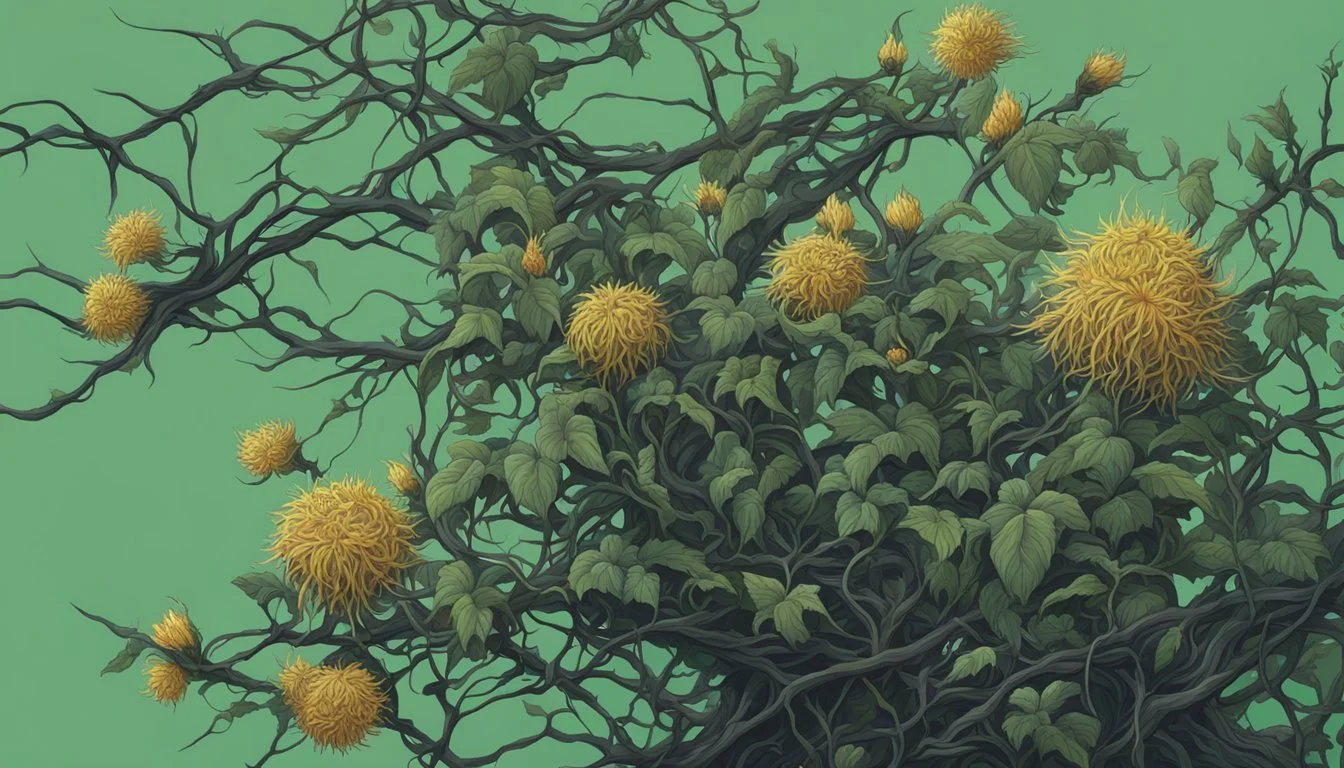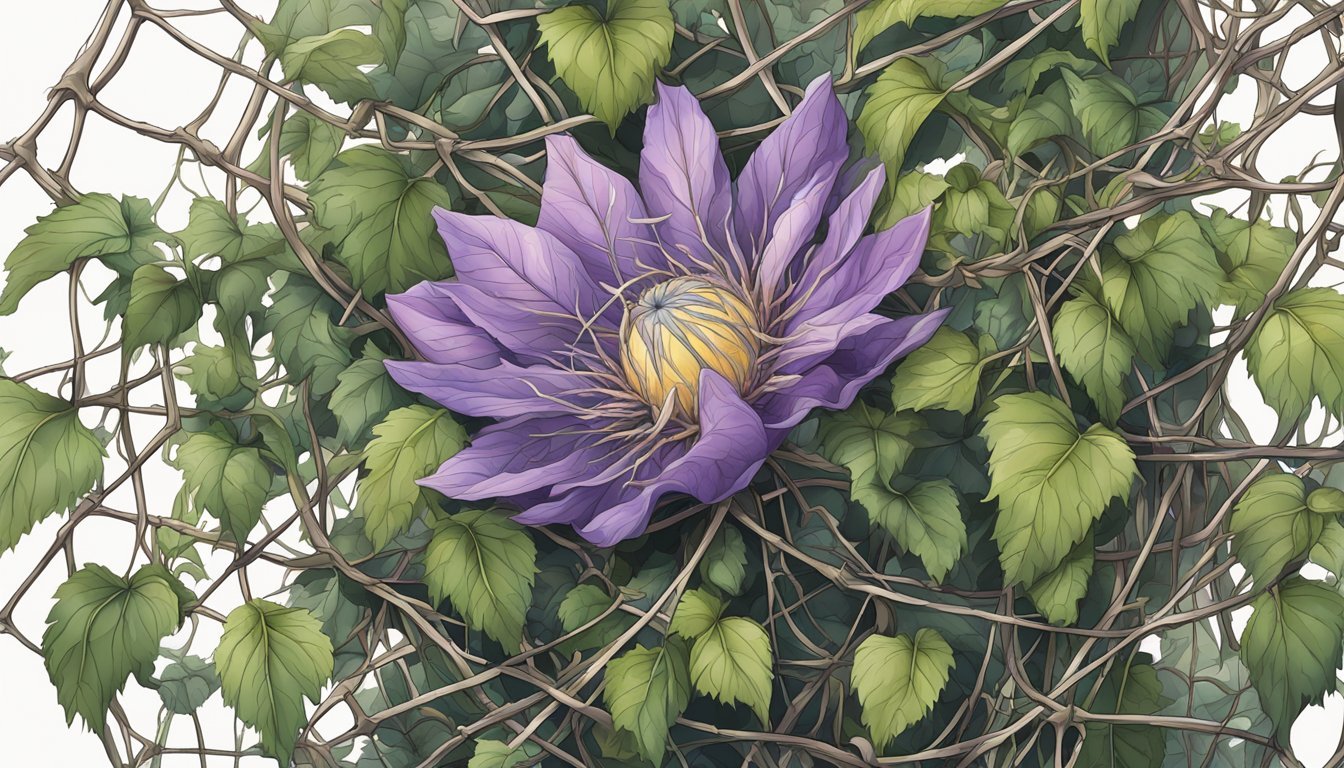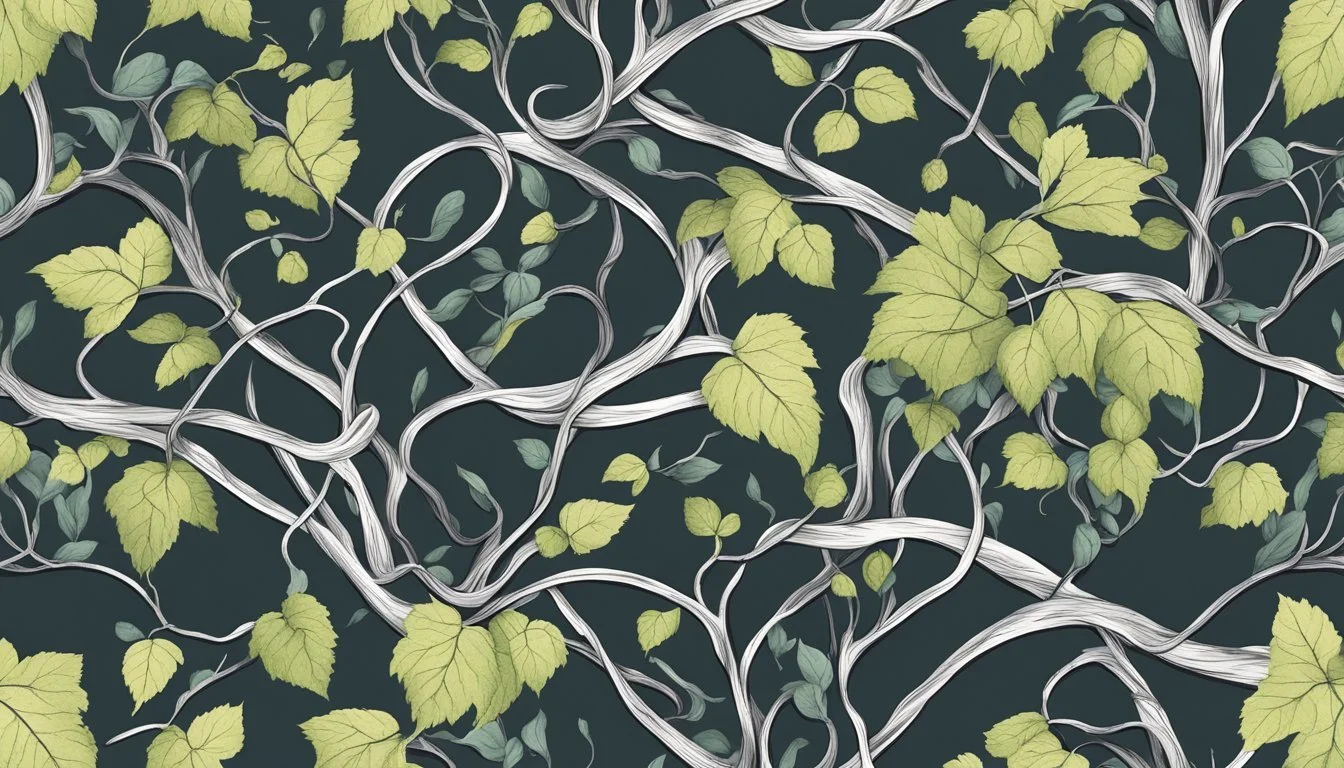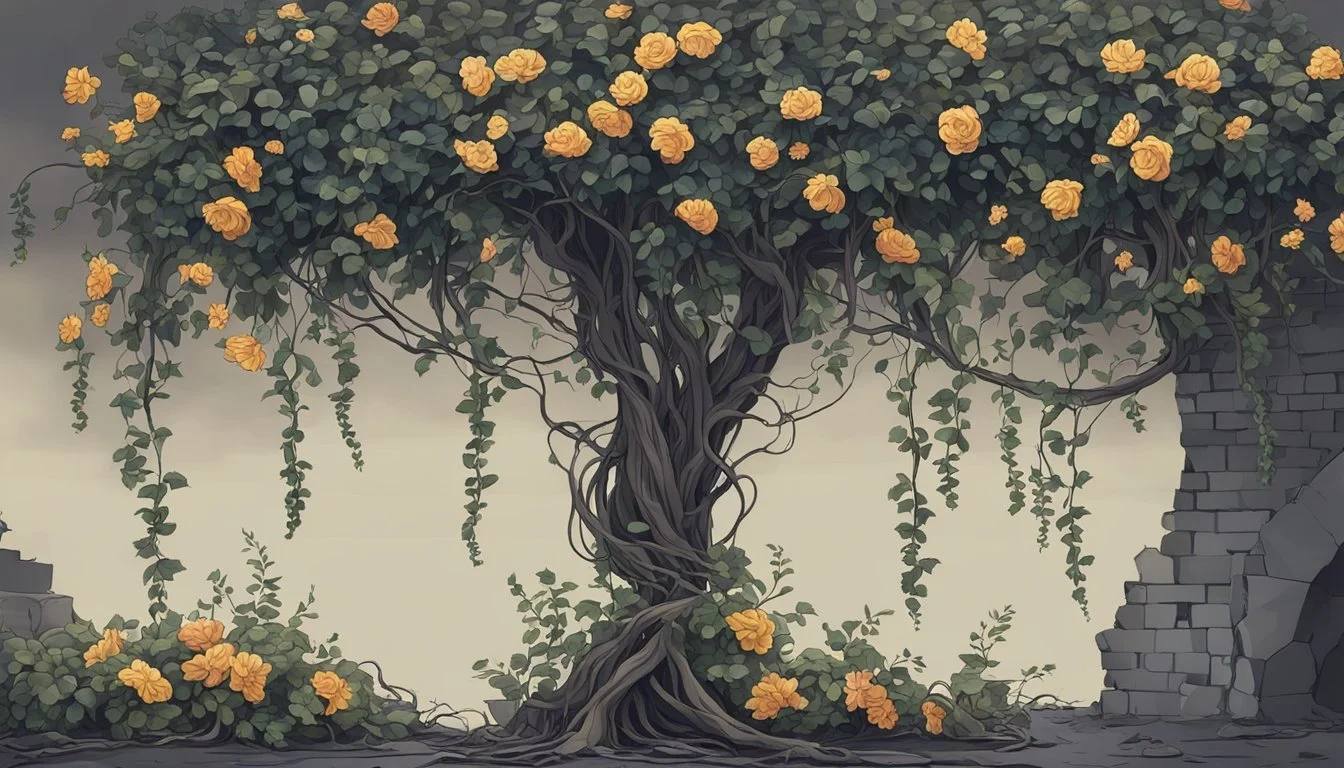Express Yourself: The Impact of Toxic Relationship Wallpaper in Visual Art
Toxic relationship wallpaper has become a popular way for individuals to express their emotions and experiences through visual art. These digital images often depict powerful symbolism and metaphors related to unhealthy dynamics between partners. Many feature stark contrasts, somber color palettes, and evocative imagery that resonates with those who have endured difficult relationships.
Toxic relationship wallpapers can serve as a form of catharsis, validation, and awareness for those affected by harmful relationship patterns. The artwork provides a visual representation of complex feelings that may be difficult to put into words. Some wallpapers incorporate text with poignant quotes or affirmations to further emphasize their message.
These wallpapers are readily available on various platforms and websites dedicated to sharing free images. Users can download high-quality toxic relationship wallpapers to use as backgrounds on their devices or share on social media. The growing popularity of this niche art form reflects a broader cultural shift toward more open discussions about relationship health and emotional well-being.
Understanding Toxic Relationships
Toxic relationships harm mental and emotional wellbeing through persistent negative behaviors. These dynamics often involve manipulation, control, and disrespect between partners, friends, or family members.
Defining a Toxic Relationship
A toxic relationship is characterized by consistent patterns of harmful interactions. These may include verbal abuse, emotional manipulation, controlling behaviors, and a lack of mutual respect. Partners in toxic relationships often struggle with poor communication, jealousy, and codependency.
Teenagers are particularly vulnerable to toxic dynamics as they navigate early romantic experiences. Common signs include excessive jealousy, isolation from friends and family, and pressure to change one's appearance or interests.
Healthy relationships, in contrast, feature open communication, mutual support, and respect for individual autonomy. Partners encourage each other's growth and maintain strong boundaries.
Effects on Mental and Emotional Health
Toxic relationships can significantly impact mental and emotional wellbeing. Victims often experience:
Low self-esteem
Anxiety and depression
Chronic stress
Trust issues
Difficulty forming healthy relationships
Teenagers in toxic relationships may see declines in academic performance and withdrawal from previously enjoyed activities. They might develop unhealthy coping mechanisms or struggle with their sense of identity.
Long-term exposure to toxic relationships can lead to trauma responses and difficulty maintaining healthy connections in the future. Recognizing these effects is crucial for seeking help and breaking free from harmful patterns.
The Role of Wallpapers in Self-Expression
Wallpapers serve as visual representations of personal identity and values. They offer a unique canvas for individuals to showcase their personality and aspirations through carefully chosen images and designs.
Wallpaper as Daily Reminders
Digital wallpapers act as constant visual cues, influencing mood and mindset throughout the day. Users often select images that inspire or motivate them, such as serene landscapes, motivational quotes, or artwork that resonates with their goals. These visual reminders can boost productivity, encourage positive thinking, and reinforce personal values.
Wallpapers featuring loved ones or cherished memories can provide emotional comfort and connection. Some individuals opt for minimalist designs to promote focus and reduce digital clutter. Others choose vibrant, colorful images to stimulate creativity and energy.
Choosing Wallpapers That Reflect Personal Growth
Selecting wallpapers can be a deliberate act of self-reflection and growth. As individuals evolve, their choice of wallpaper often changes to align with new aspirations or shifting priorities. This process of updating digital backgrounds mirrors personal development journeys.
Users might choose images representing goals they're working towards, such as travel destinations or career milestones. Others select wallpapers depicting role models or symbols of strength to draw inspiration. The act of regularly refreshing one's wallpaper can serve as a visual commitment to ongoing personal growth and self-improvement.
Thoughtfully chosen wallpapers can also reflect cultural heritage, artistic preferences, or important causes, allowing individuals to express their values and interests visually.
Design Aspects of Toxic Relationship Wallpapers
Toxic relationship wallpapers utilize specific design elements to convey complex emotional themes. Color choices and imagery play a crucial role, while filters help set the overall mood and tone.
Importance of Color and Imagery
Colors in toxic relationship wallpapers often lean towards darker, muted tones to reflect negative emotions. Deep reds may signify anger or passion, while grays and blacks can represent depression or emptiness. Imagery frequently includes broken objects, wilted flowers, or distorted faces to symbolize damaged connections.
Designers might incorporate thorny vines or shattered glass textures to represent the painful aspects of toxic relationships. Abstract patterns with jagged lines or chaotic swirls can effectively portray inner turmoil and confusion.
Text elements sometimes feature in these wallpapers, displaying relevant quotes or single impactful words like "trapped" or "suffocating" in bold, stark fonts.
Using Filters to Convey Mood
Filters play a key role in enhancing the emotional impact of toxic relationship wallpapers. Grainy textures can add a sense of unease or discomfort. Blurring effects may be used to represent confusion or a loss of clarity in the relationship.
Designers often apply high-contrast filters to create a stark, dramatic look. This technique emphasizes the intensity of emotions associated with toxic dynamics. Sepia or monochrome filters can evoke a sense of nostalgia or sadness, reflecting on past happier times.
Vignette effects, which darken the edges of the image, can create a claustrophobic feeling, mirroring the suffocating nature of toxic relationships. Some projects experiment with glitch effects or digital distortions to represent communication breakdowns or emotional instability.
Technology and Toxic Relationship Wallpapers
Digital platforms have revolutionized access to toxic relationship wallpapers. Users can now easily find, download, and share these images across devices.
Sources for Downloading Wallpapers
Several websites offer extensive collections of toxic relationship wallpapers. Pexels provides over 70,000 free stock photos related to toxic relationships. Users can search for specific themes or browse curated galleries.
Wallpapers.com features a diverse range of toxic-themed images, including argumentative couples and symbolic representations. These high-resolution wallpapers are compatible with various devices.
Pinterest serves as a hub for discovering and saving toxic relationship quote wallpapers. Users can create boards to organize their favorite designs.
Mobile apps have simplified the wallpaper download process. Both iOS and Android platforms host numerous applications dedicated to toxic relationship imagery.
Impact of Mobile Apps on Wallpaper Availability
Smartphone apps have significantly increased the accessibility of toxic relationship wallpapers. Users can browse vast libraries and apply images directly to their home screens or lock screens with just a few taps.
Many apps offer customization features, allowing users to add text or filters to existing wallpapers. This personalization aspect has boosted the popularity of toxic relationship-themed backgrounds.
Some applications use APIs to aggregate wallpapers from multiple sources, providing users with an ever-expanding selection. This technology ensures a constant influx of new designs.
The rise of mobile wallpaper apps has created new business opportunities. Developers can monetize their platforms through ads or premium content, driving further innovation in the field.
Creating Personalized Wallpapers
Personalizing wallpapers allows individuals to express themselves and create meaningful digital environments. Custom designs can reflect one's personality, interests, and experiences.
Templates and Tools for Custom Wallpapers
Many online platforms offer easy-to-use wallpaper creation tools. Canva provides a user-friendly interface with drag-and-drop functionality for designing custom wallpapers. Users can choose from a variety of templates or start from scratch.
Fotor's wallpaper maker includes a library of HD backgrounds and allows for personal image uploads. Kittl offers an extensive stock photo collection alongside customization options for text, graphics, and illustrations.
Picsart's free wallpaper maker caters to various devices, including phones, tablets, and desktops. It features stickers, trendy fonts, and AI tools to enhance designs.
Incorporating Personal Experiences into Wallpaper Design
Wall2mob enables users to write text or quotes directly on wallpapers or personal photos. This feature allows for the integration of meaningful messages or reminders into daily digital spaces.
To create a truly personalized wallpaper, individuals can incorporate elements from their own lives. This might include using photos from memorable trips, adding quotes that resonate with personal values, or designing graphics that represent important milestones.
Color schemes can be tailored to match one's mood or aesthetic preferences. Textures and patterns can be selected to evoke specific emotions or complement existing decor.
Finding Inspiration for Wallpaper
Inspiration for toxic relationship wallpapers often comes from personal experiences and shared stories. Artists draw from emotions and narratives to create impactful designs that resonate with viewers.
Exploring Stories Behind Wallpapers
Toxic relationship wallpapers frequently stem from real-life experiences. Artists may draw inspiration from their own past relationships or those of friends and family. Some creators conduct interviews or read online forums to gather authentic stories.
These narratives inform the visual elements, color choices, and text incorporated into the wallpapers. For example, a wallpaper might feature shattered glass to symbolize broken trust, or intertwined thorny vines to represent a painful connection.
Artists also find inspiration in literature, films, and music that explore toxic relationships. Lyrics, book quotes, or memorable movie scenes can serve as starting points for compelling wallpaper designs.
Community and Sharing in Wallpaper Creation
Online platforms like Pinterest and Tumblr play a crucial role in the creation and distribution of toxic relationship wallpapers. These sites allow artists to share their work and gain exposure to a wide audience.
Many creators engage with their followers, taking requests or asking for feedback on designs. This interaction helps artists refine their work and create wallpapers that truly resonate with viewers.
Collaboration between artists is common in this niche. Designers may team up to combine their unique styles or share resources like fonts and textures. This collaborative spirit enhances creativity and leads to more diverse wallpaper options.
Some artists host workshops or create tutorials, teaching others how to design impactful wallpapers. This sharing of knowledge fosters a supportive community and encourages new talent to emerge in the field.







